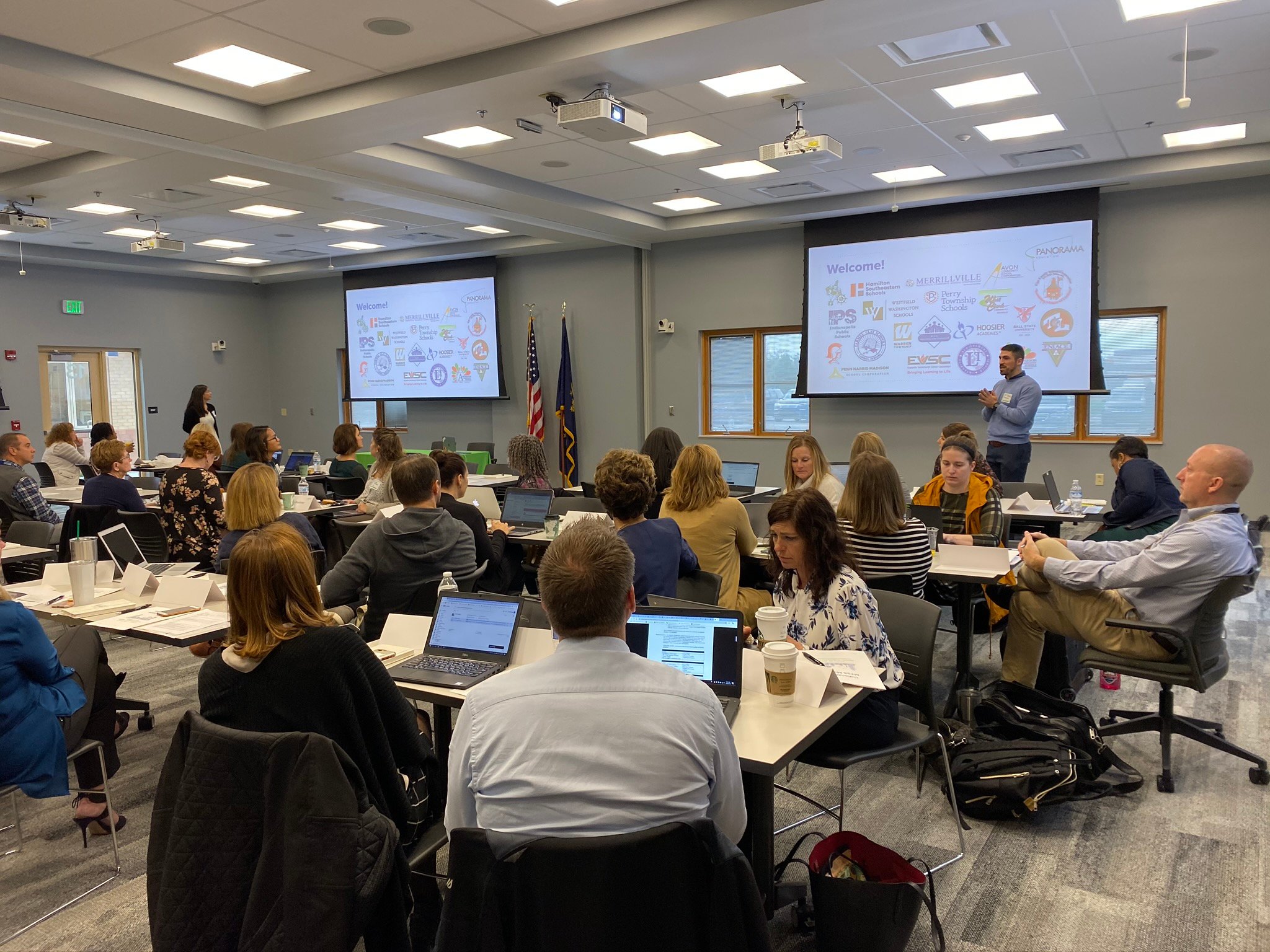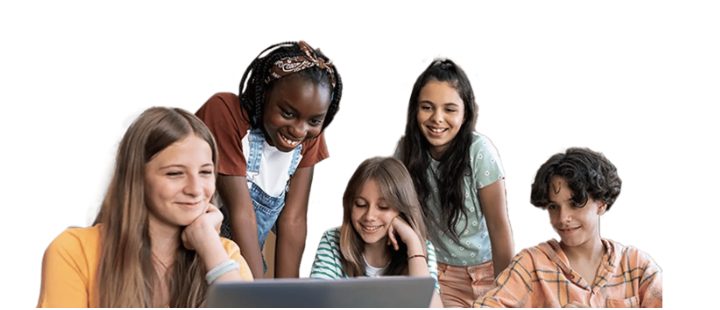
-
Solutions
-
By District Priority
-
-
Products
-

AI Perceptions and Readiness Survey
Understand stakeholder priorities, familiarity, and readiness to use AI in schools.
-
Resources
-
Featured Resource

Panoramic 2026 Virtual Summit
Discover how educators and leaders are putting purpose behind AI to drive real improvements in attendance, literacy, and student supports.
-
Find Your State
-
-
Alabama
-
Alaska
-
Arizona
-
Arkansas
-
California
-
Colorado
-
Connecticut
-
Delaware
-
Florida
-
Georgia
-
Hawaii
-
Idaho
-
Illinois
-
Indiana
-
Iowa
-
Kansas
-
Kentucky
-
Louisiana
-
Maine
-
Maryland
-
Massachusetts
-
Michigan
-
Minnesota
-
Mississippi
-
Missouri
-
Montana
-
Nebraska
-
Nevada
-
New Hampshire
-
New Jersey
-
New Mexico
-
New York
-
North Carolina
-
North Dakota
-
Ohio
-
Oklahoma
-
Oregon
-
Pennsylvania
-
Rhode Island
-
South Carolina
-
South Dakota
-
Tennessee
-
Texas
-
Utah
-
Vermont
-
Virginia
-
Washington
-
West Virginia
-
Wisconsin
-
Wyoming
-
-
-
About Us
-
Impact
-
Get in Touch
-
Indiana
A Powerful Technology Platform to Support Indiana Students
Join the Indiana school districts that are using Panorama’s tools to support student success.
Align to Indiana Department of Education guidance
Ensure students are college and career ready
Move from measurement to action
Powering school improvement in Indiana school districts.
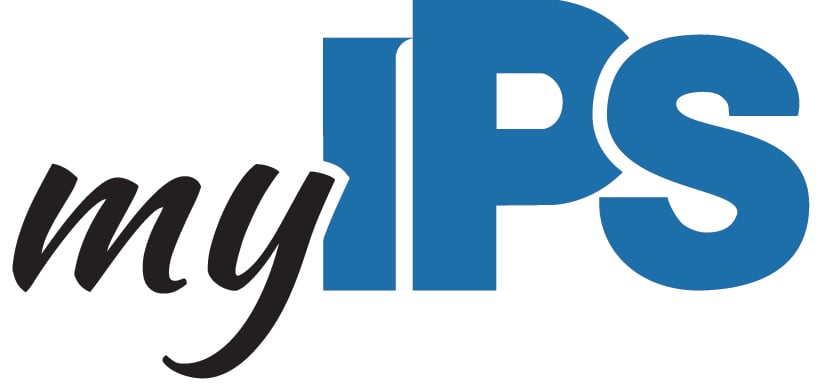
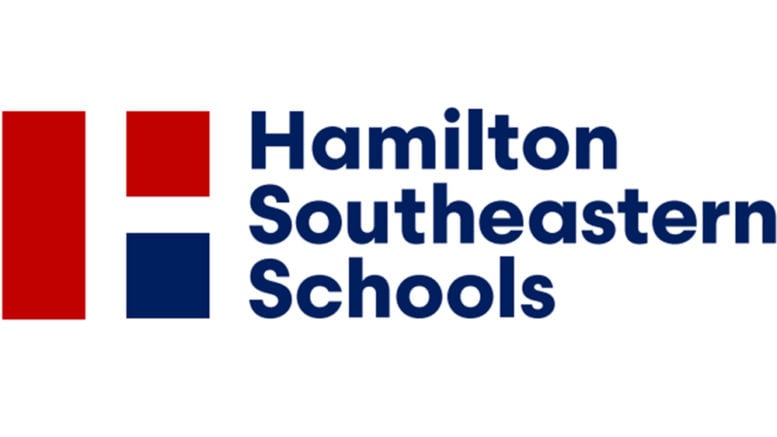
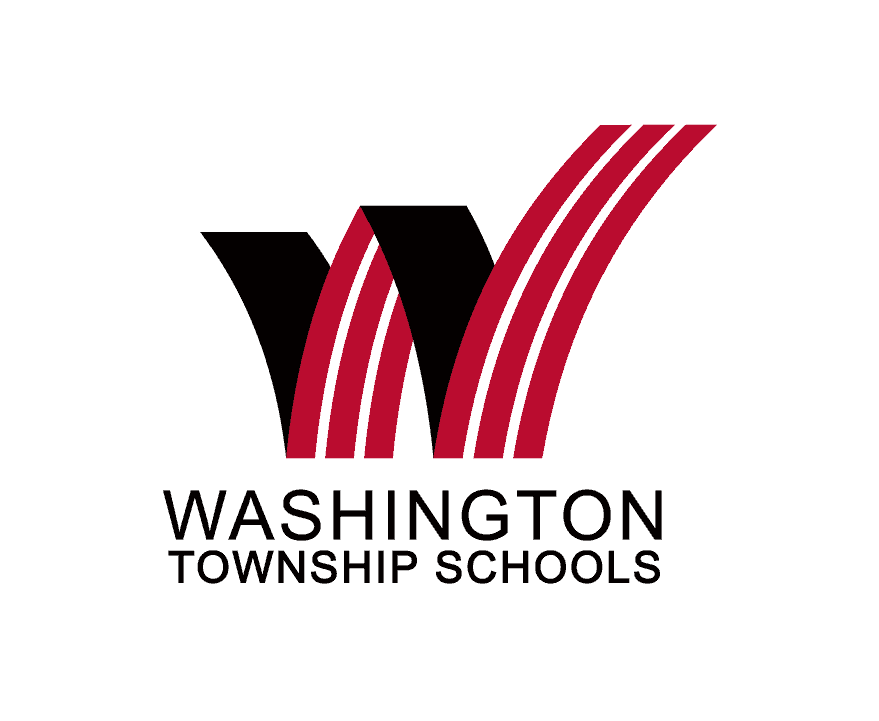
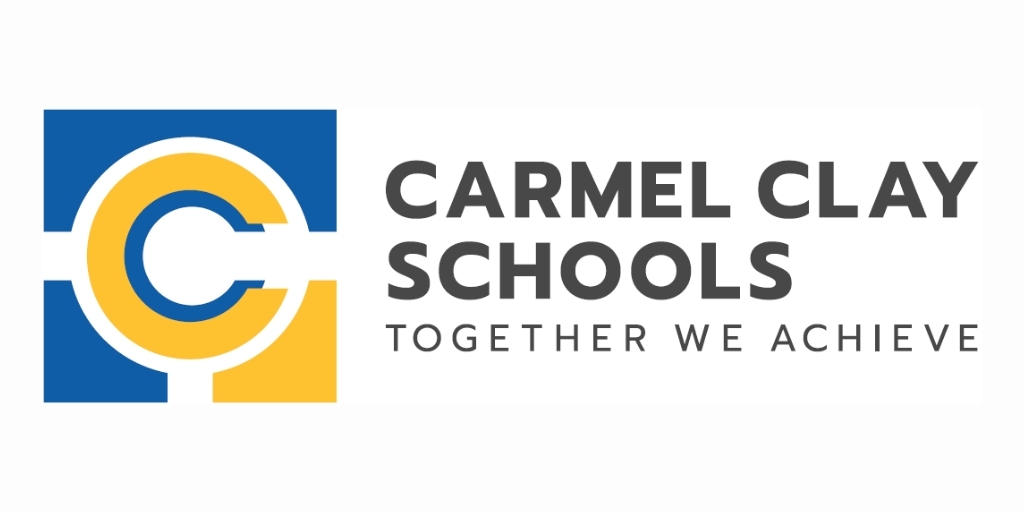
See how Panorama aligns to the Indiana Department of Education Guidance to Support Indiana Districts
Featured Resource
Indiana GPS & Graduation Pathway and Panorama
Panorama is helping Indiana districts track, monitor, and improve GPS indicators.
Download the Indiana GPS & Graduation Pathway
Panorama is helping Indiana districts track, monitor, and improve GPS indicators.
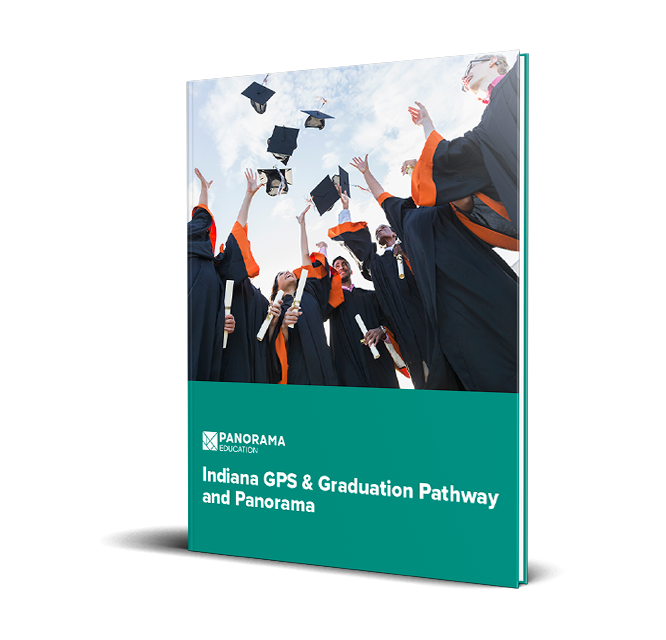

Indiana DOE Guidance
School Improvement Planning
Develop a strategic and continuous school improvement plan and gather school culture data from all stakeholder groups to aid in continuous improvement.
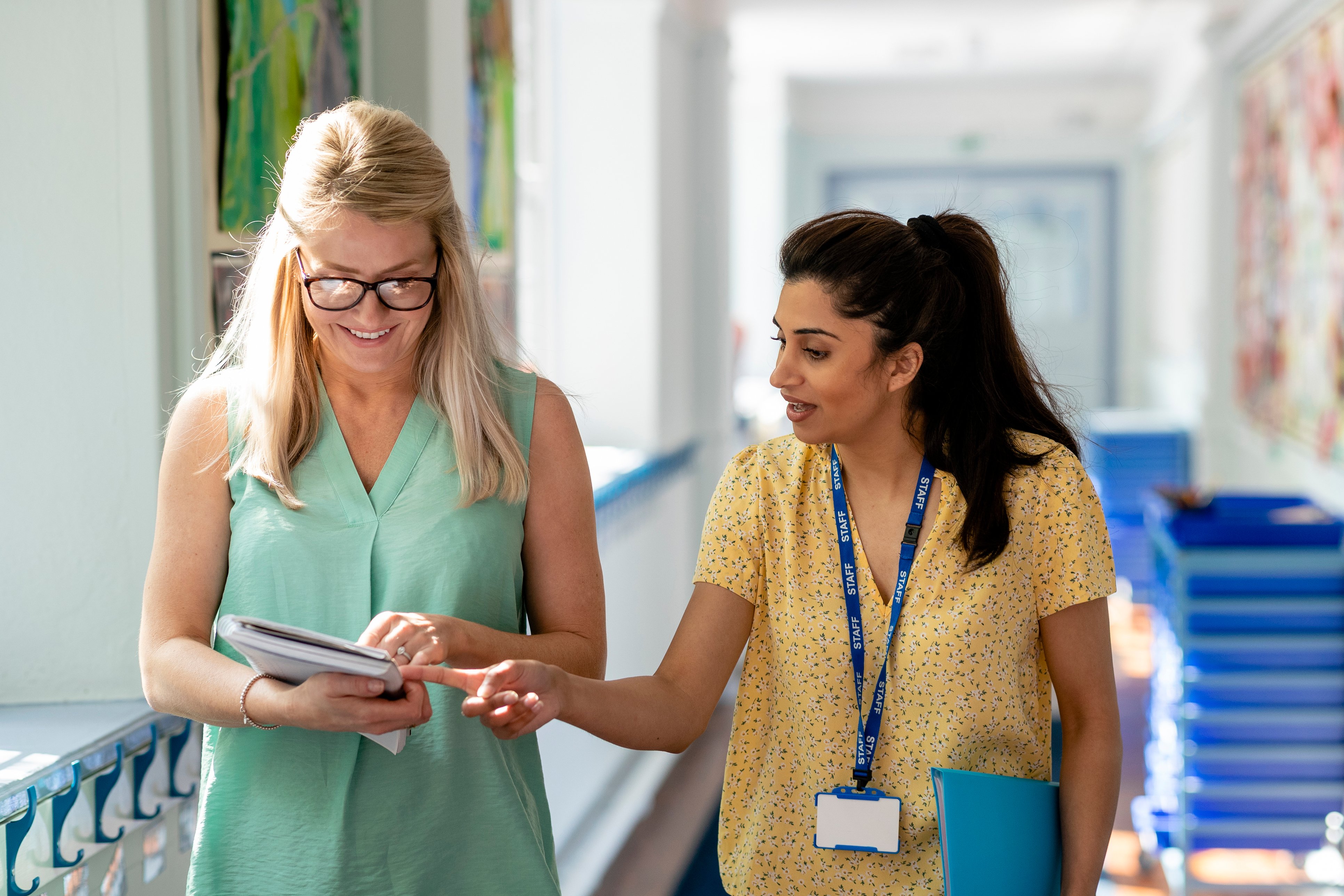
Indiana DOE Guidance
The Indiana Graduates Prepared to Succeed (GPS) Initiative
Identify students who need support through MTSS/RTI or require accelerated instruction for GPS based on ACT/SAT results.

Indiana DOE Guidance
School Safety and Wellness
Support student wellbeing and lifting up students with a network of support and engagement.
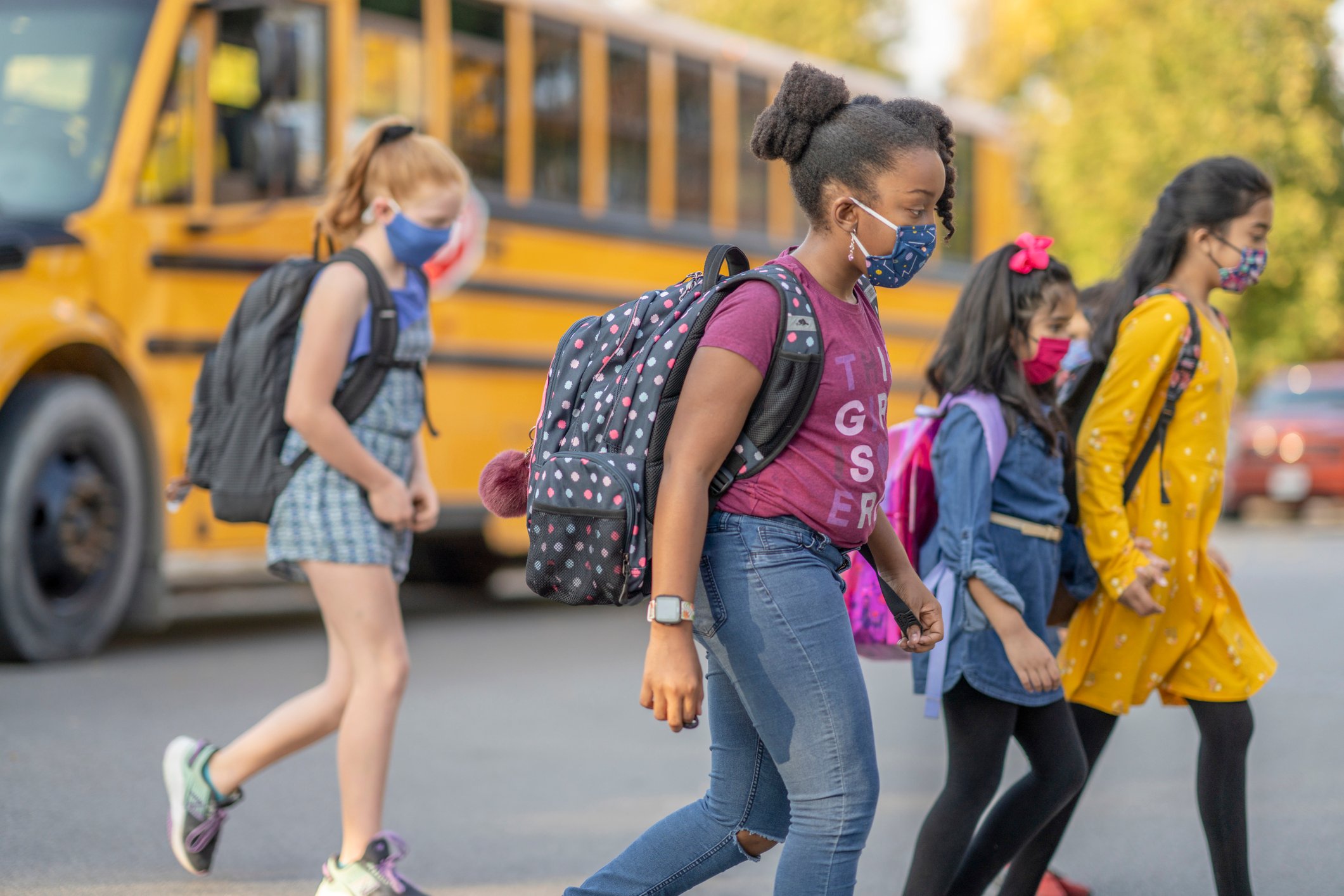
Indiana DOE Guidance
Behavior Skills
Help to model and reinforce positive behavioral characteristics that are valued by employers by integrating a school or district-wide PBIS system.
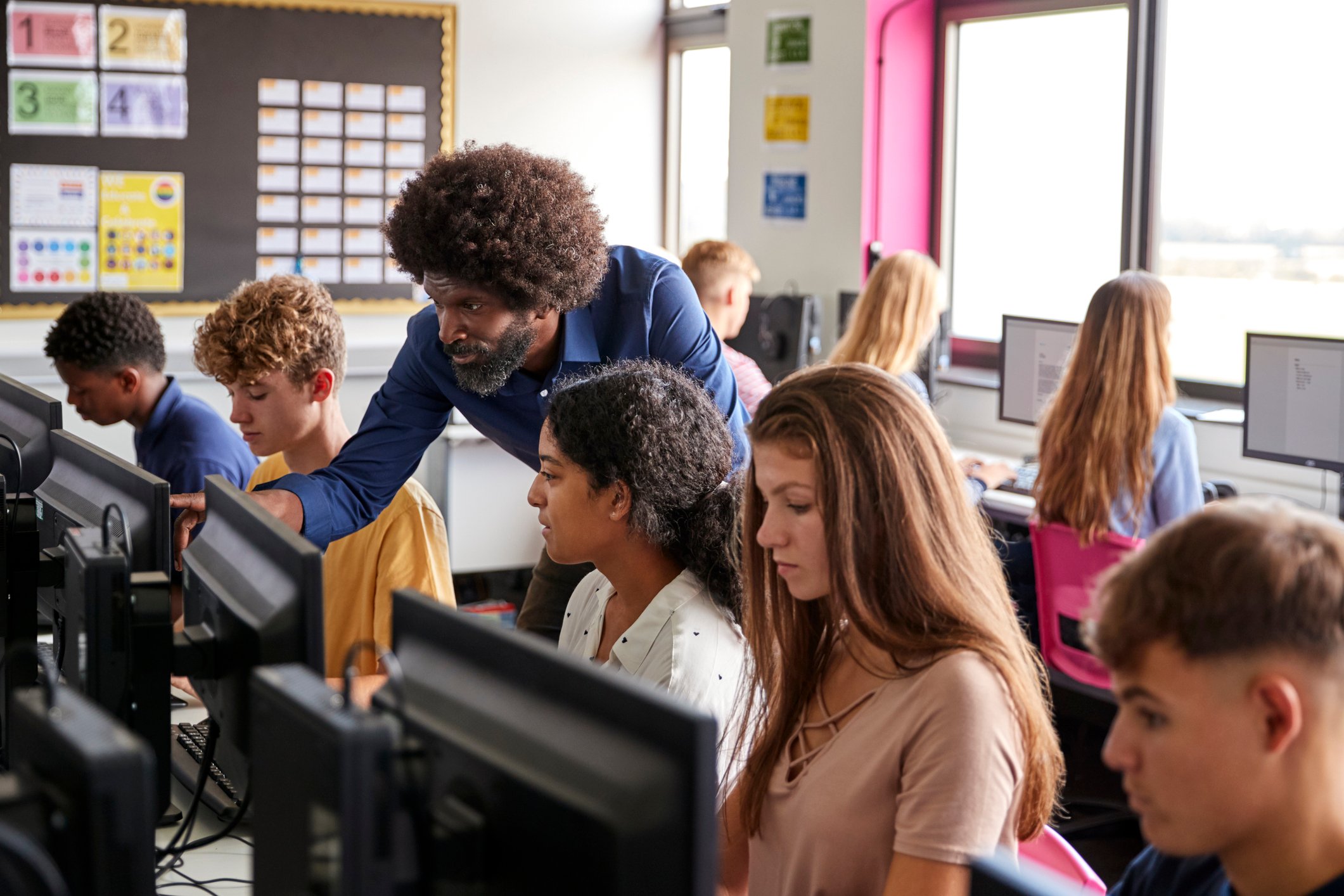
Indiana DOE Guidance
Employability Skills Standards
Allow students to be prepared for the ever-changing needs of today’s workforce.
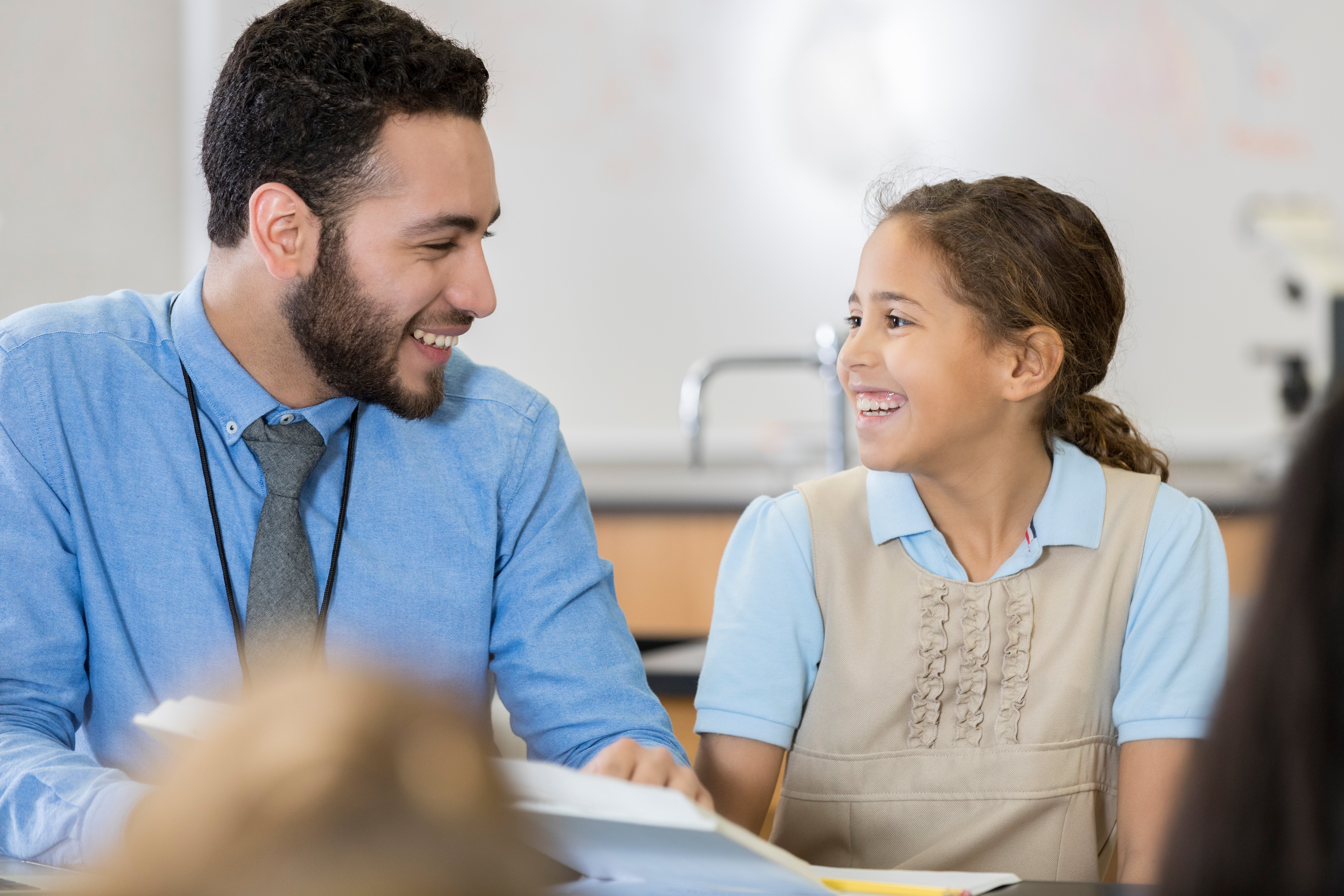
Proud member of the Student Data Privacy Consortium
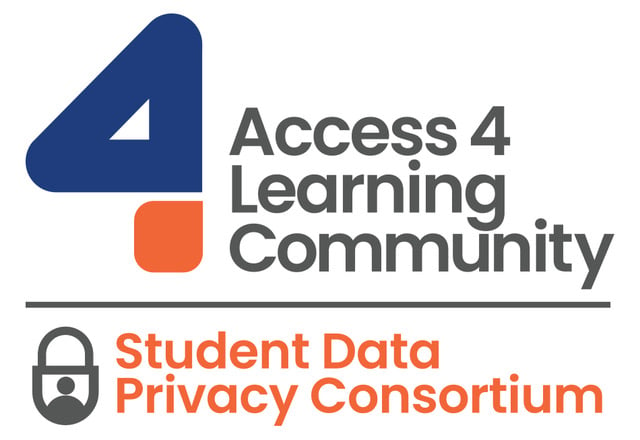
Resources for our Indiana School & District Leaders
Ready to bring Panorama to your school or district?
Join thousands of Indiana educators that trust Panorama to support every student

